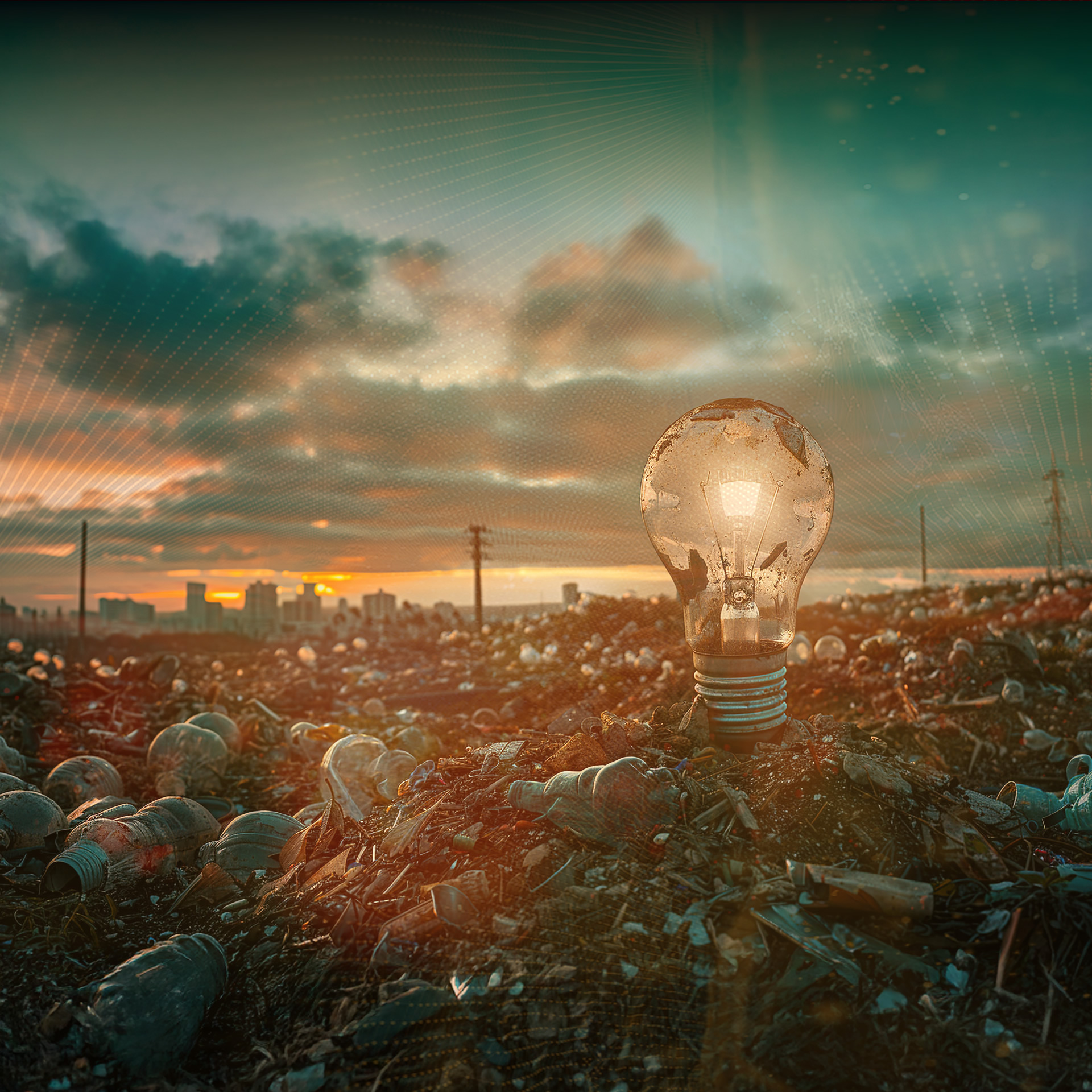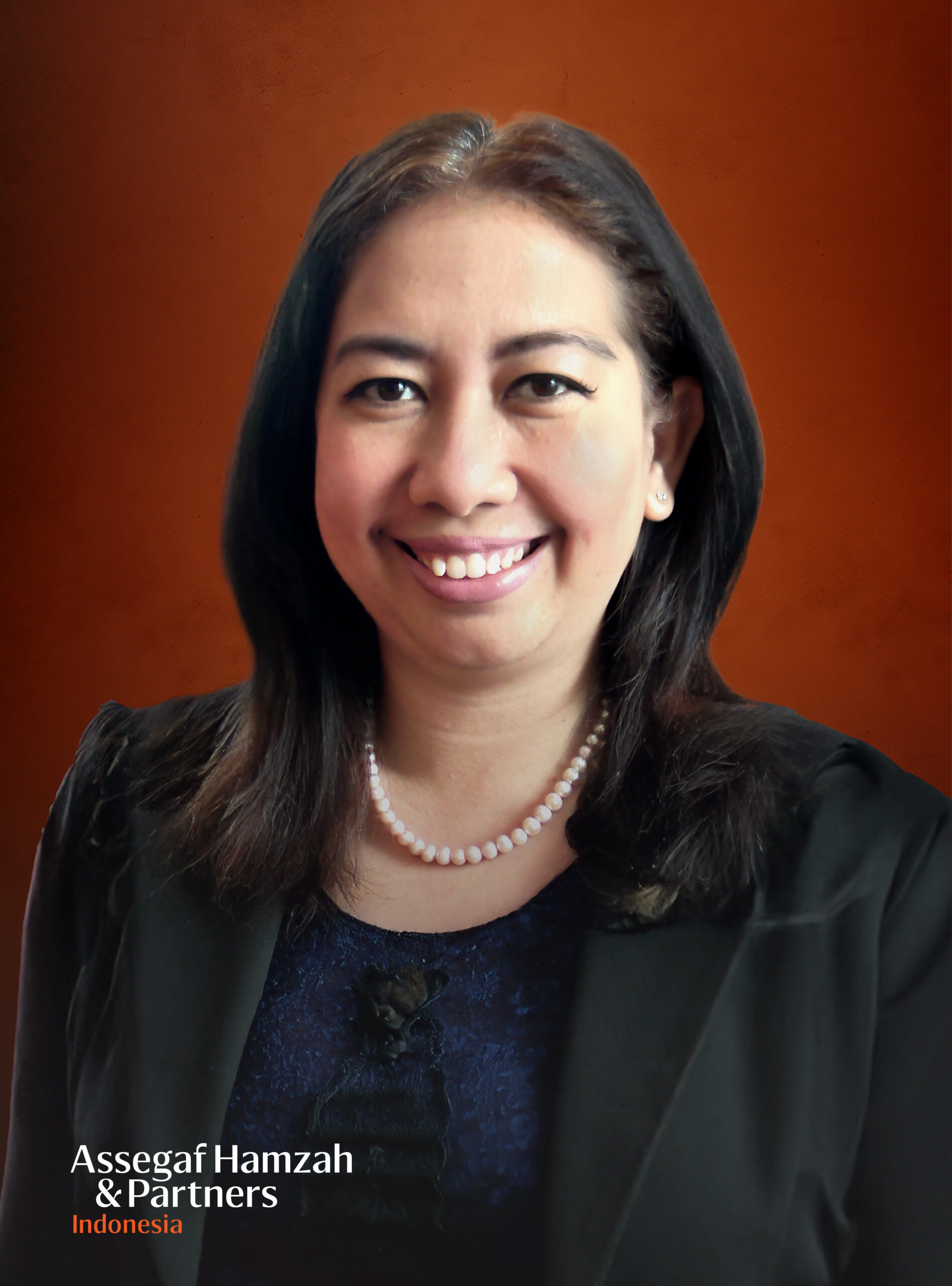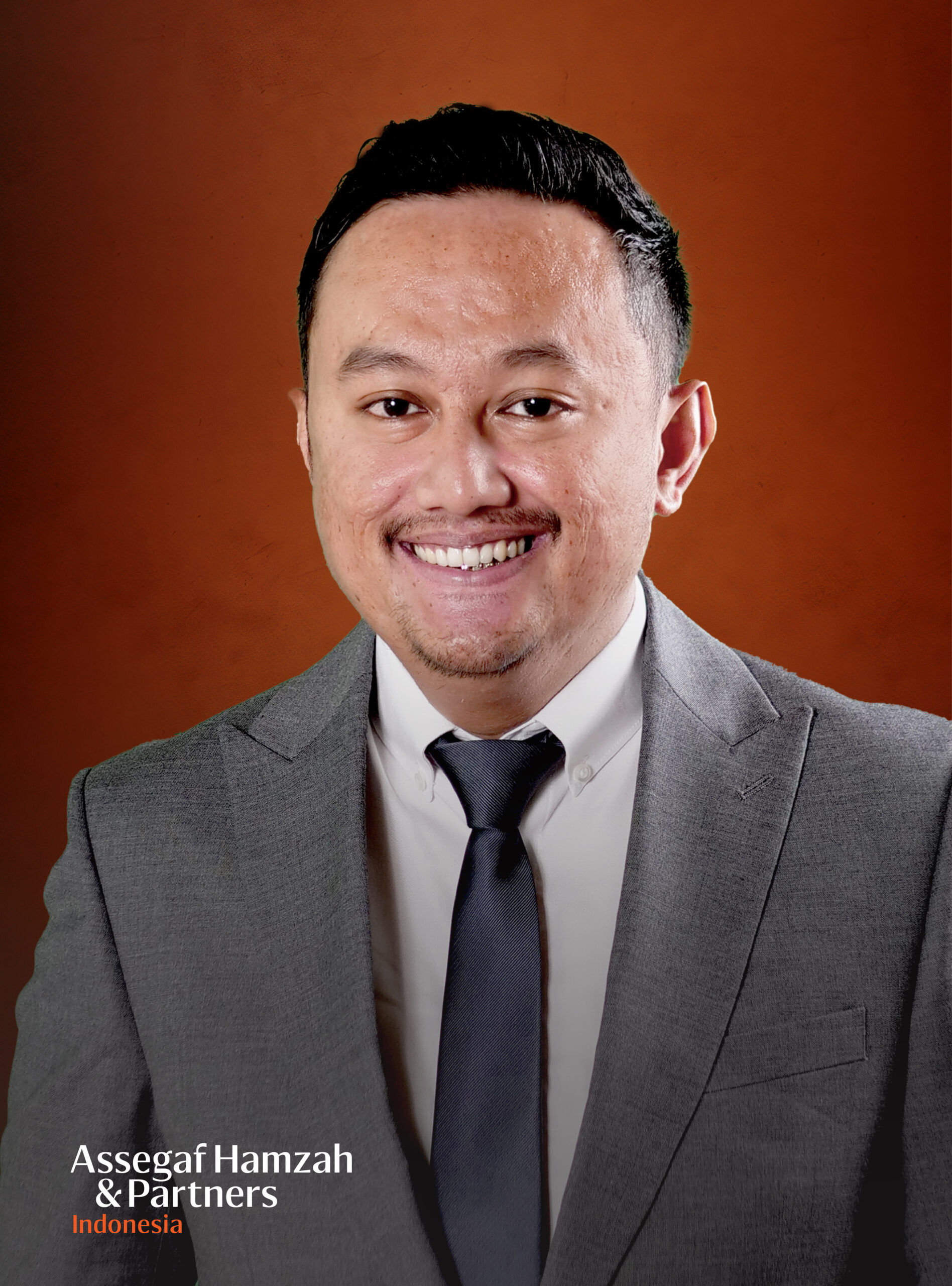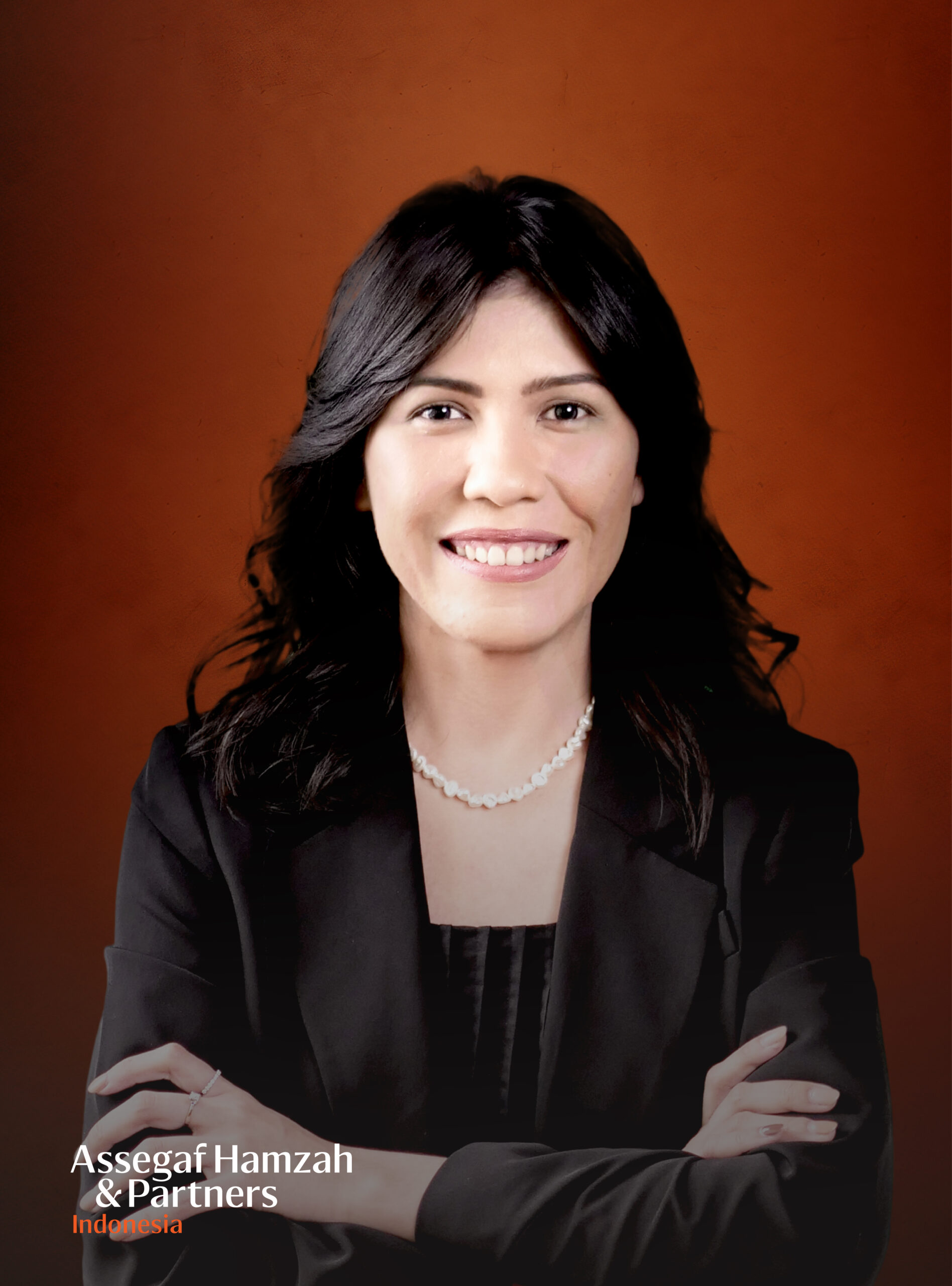Indonesia Revamps Waste-To-Energy Policy Under A New Presidential Regulation (Presidential Regulation No. 109 of 2025)

Waste management has long been a pressing issue in Indonesia. Earlier efforts under Presidential Regulation No. 35 of 2018, which targeted the development of waste-to-energy power plants in 12 cities, resulted in limited progress. So far, only two facilities are currently operational. Other projects have been delayed by budget constraints, procurement challenges, and a lack of suitable waste.
Recognising the need for a more sustainable and reliable system, the government is moving towards a more integrated waste-to-energy model and has enacted Presidential Regulation No. 109 of 2025 on Urban Waste Handling through Waste Processing into Renewable Energy Based on Environmentally Friendly Technology. This new regulation replaces Presidential Regulation No. 35 of 2018, and introduces sweeping reforms designed to overcome previous obstacles. Notably, this regulation expands the scope of waste-to-energy projects beyond electricity generation to include other renewable energy outputs, such as bioenergy and biofuel. Additionally, it changes how developers are paid in electricity generation projects – from receiving payments from both PT PLN (Persero) ("PLN") and regional governments, to receiving all revenue directly from PLN under a single agreement. This new approach, along with higher fixed feed-in tariffs and centralised procurement under BPI Danantara, aims to make projects more attractive and easier to manage.
Key Changes under Presidential Regulation No. 109 of 2025
The table below summarises the main differences between the previous and current regulations, highlighting the key changes on waste-to-energy projects ("WTE Projects") that stakeholders should be aware of.
| Topic | Presidential Regulation No. 35 of 2018 | Presidential Regulation No. 109 of 2025 |
|
Project developer selection
|
Regional governments selected developers using procurement or public-private partnership rules. |
BPI Danantara (and its state-owned entities/subsidiaries) selects developers based on investment cooperation rules. Projects must meet commercial, financial, and risk standards. |
|
PLN assignment
|
After developer selection, regional governments proposed PLN's involvement to the Minister of Energy and Mineral Resources. |
PLN is required to directly purchase electricity from WTE Projects. |
|
Revenue for developers |
Developers received two payments:
|
Developers receive all revenue directly from PLN under the PPA. Tipping fee no longer applies. |
|
Electricity purchase price |
Price is dependent on project size:
Price was not subject to escalation. |
Fixed at USD0.20/kWh for all project sizes. No escalation. |
|
PPA term & signing timeline |
PPA term not specified. PLN had 35 days to sign after assignment by the Minister of Energy and Mineral Resources. |
30-year PPA term. PLN must sign within 10 business days after developer meets licensing requirements. (See Ministry of Energy and Mineral Resources Regulation No. 5 of 2025 for guidelines.) |
|
Non-performance penalty |
Not specified. |
No penalty if developer cannot meet agreed capacity under the PPA due to technical issues beyond its control or insufficient waste supply. |
|
Incentives |
Not specified. |
Developers using domestic technology may be eligible for VAT exemptions. Other fiscal and non-fiscal incentives may also apply, although the regulation does not provide further details on eligibility or application requirements. |
Treatment of Ongoing WTE Projects
Ongoing WTE Projects, which are those where the developer has already been selected by the regional government, entered into a cooperation agreement, or signed a PPA with PLN before the new regulation was issued, will continue to operate under Presidential Regulation No. 35 of 2018.
Nonetheless, developers may still transition to the new framework under Presidential Regulation No. 109 of 2025 if their projects have not met key performance outcomes, such as generating electricity from waste, reducing waste volume, or shortening waste-processing time. The transition can occur only after all prior arrangements are fully and finally terminated.
It remains to be seen whether developers seeking to transition will need to undergo a new selection process or may be directly appointed under the updated rules.
Key Takeaways
-
Presidential Regulation No. 109 of 2025 marks a significant shift in Indonesia's waste-to-energy policy, aiming to overcome the regulatory and commercial barriers that limited progress under the previous framework.
-
By streamlining payments through PLN, introducing higher fixed feed-in tariffs, and centralising project procurement under BPI Danantara, the new regulation is designed to make waste-to-energy projects more attractive and easier to manage.
-
The reforms clarify risk allocation between public and private stakeholders, particularly regarding payment certainty and waste supply, which is expected to improve project bankability and boost investor confidence.
-
Developers of ongoing projects may shift to the new framework if they meet the relevant conditions, including terminating all prior arrangements.
-
Overall, these changes are anticipated to encourage greater private sector participation and accelerate the development of waste-to-energy initiatives in Indonesia.
What Should Investors Look for in New Projects Under the Revised Framework?
Investors should pay close attention to the revised revenue structure, fixed feed-in tariff, and centralised procurement process. Assessing project bankability, risk allocation, and compliance with new selection criteria is essential. Monitoring further guidance from the Ministry of Energy and Mineral Resources and exploring incentives for domestic technology use will also be important.
Have any Question please contact
BANKING, FINANCE & PROJECT
Contribution Note
This Legal Update is contributed by the Contact Partners listed above, with the assistance of Sheliah Sylvania Patty (Associate, Assegaf Hamzah & Partners).



